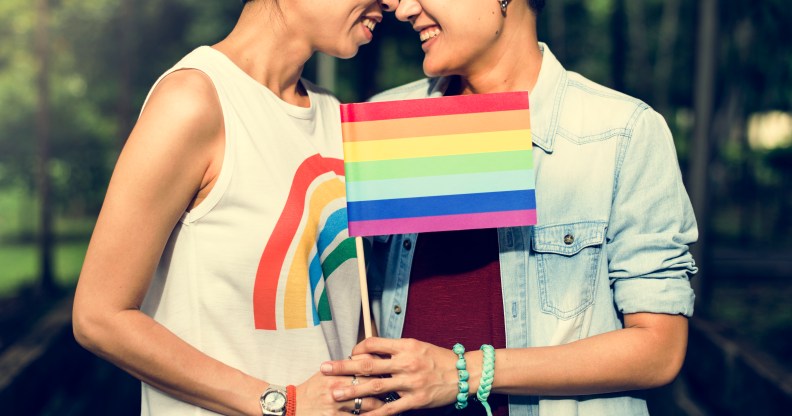Do you know your demisexuals from your biromantics? One in five LGBT youth identify as something other than lesbian, gay or bi

45 percent of LGBT+ youth identify as gay or lesbian, 33 percent identify as bisexual, and 22 percent said they were “something else”. (Envato)
45 percent of LGBT+ youth identify as gay or lesbian, 33 percent identify as bisexual, and 22 percent said they were "something else". (Envato)
A fifth of LGBT+ youth identify their orientation as something other than lesbian, gay or bisexual, as more young people embrace labels that fall outside of the binary.
The Trevor Project’s National Survey on LGBTQ Youth Mental Health 2019 had more than 34,000 respondents, all between the ages of 13 and 24.
It showed that while 45 percent of LGBT+ youth identify as gay or lesbian, and 33 percent identify as bisexual, 22 percent said they were “something else”.
Language around sexual orientation is constantly evolving, and the survey states that participants identified with more than 100 orientations.
Some of the labels used by young people surveyed include ace spectrum, graysexual, gynedemisexual and abrosexual.
Many also split how they identify their orientation between romantic attraction and sexual attraction, for example a person could identify as biromantic homosexual, meaning they are romantically attracted to two genders but only sexually attracted to one.
Examples of this recorded in the survey included panromantic asexual and greyromantic demisexual.
Dr. Amy Green, director of research at The Trevor Project, told Bustle: “The Trevor Project often hears from young people who identify outside of the sexual orientation labels of gay, lesbian, or bisexual and many times they are able to articulate the difference between their emotional, romantic, and sexual attractions to others.”
Green also told NBC: “A lot of other surveys that exist, particularly some that are done on the federal level, only capture gay, lesbian and bisexual.
“If we had done that, we would’ve essentially mislabeled or not allowed for the expansion of identity for 20 percent of our sample.
“Stakeholders who work with youth or who conduct research on youth need to expand the ways that we ask youth about their sexual orientation so that youth are not forced to choose a box that doesn’t fully capture their identity.”
She added: “I think as our community continues to expand, and we have more research and knowledge about us, we are better able as a community to understand ourselves and understand our youth.”

